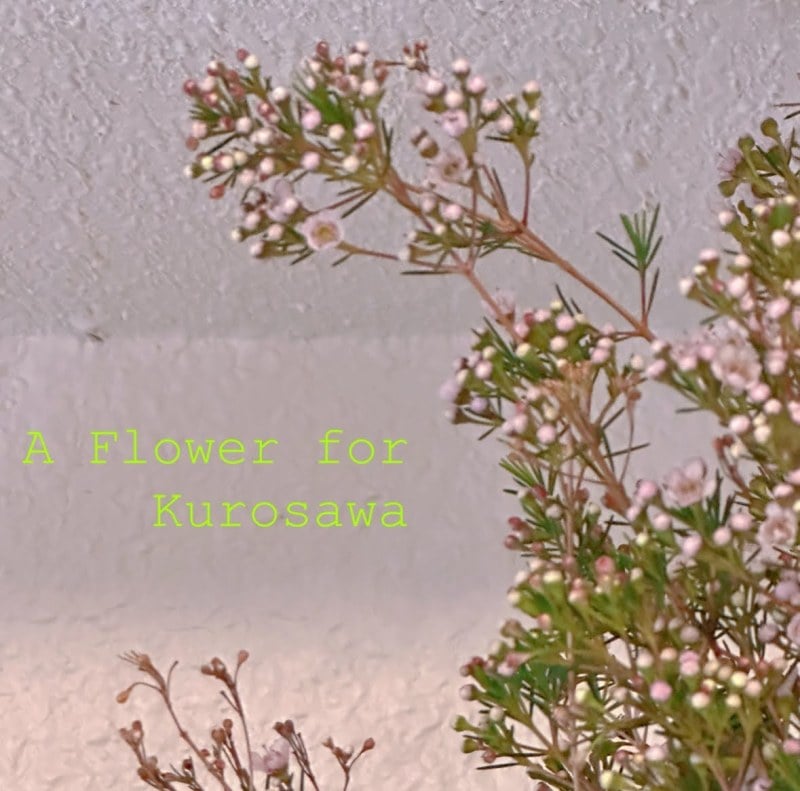Alice Fang’s column “Drunken Angel” introduces her favorite directors from the Golden Age of Japanese cinema.
Attempting to write about Akira Kurosawa presents a challenge akin to my previous exploration of Wong Kar Wai and “In the Mood for Love.” Kurosawa is often pigeonholed by his seminal work “Rashomon,” which, while iconic, overshadows the broader spectrum of his oeuvre, leaving many with a skewed perception of his artistic identity.
However, I must swiftly remind myself of two things: first, I hardly possess the authority to clarify the legacy of such a towering figure in cinema and second, my admiration for Kurosawa primarily stems from his prolific collaboration with Toshiro Mifune, his muse and star of 16 films.
Discussing Kurosawa and Mifune, my favorite director-actor pair, proves just as daunting. I find myself romanticizing their partnership too fervently — celebrating their serendipitous first encounter, their extensive and intense joint projects and their enigmatic falling out as though it were a plot from one of their films.
I’m too starstruck about Mifune to say anything of substance about him, opting to hide behind Moeko Fujii’s article for the Criterion Collection, in which she explains how her education on Mifune began, “naturally, with his ass.” Each film they crafted was distinct and deserving of more than a cursory mention.
Enough for self-discrediting. What I hope to do is walk a very fragile line: saying something somewhat interesting about Kurosawa movies within a manageable enough scope while evoking at least some percentage of the passion I feel toward this subject, and at the same time welding off the inherent anxiety in writing about something that’s a bit too important to me. The middle ground I find has to do with flowers.
High-contrast black-and-white memories: in “Drunken Angel,” the first Mifune-Kurosawa collaboration, Mifune plays a tubercular gangster trying and failing to start a new life. Halfway through the film, things start to get better for him. He walks through a flower market and picks a dainty white flower out of its basket. Then his past catches up with him and his old boss gets out of jail. At the sight of him, Mifune parades nonchalance and tosses the blossom into a ditch, where it sticks slickly to the polluted water surface and blurs his reflection.
In “The Quiet Duel,” Mifune is an army doctor who contracted syphilis from one of his patients. He decides to keep this predicament a secret and distances himself from his fiancé. When she confronts him, they are walking in front of a fence criss-crossed with thorns and roses.
In “Stray Dog,” Mifune is a police officer who spends his screen time tracking down his stolen gun. In the final chase scene, the thief wounds Mifune with his gun, and the camera shifts to a trickle of blood running down his wrist and dripping on a small daisy growing by his feet. They both break into a run and end up wrestling in a field of flowers, where the thief is cuffed and lays prostrate, wailing in despair.
However, Kurosawa’s flowers are not necessarily associated with these fated, tragic moments. In “Yojimbo” and “Sanjuro,” Mifune plays an iconic wandering samurai character who assumes two different pseudonyms. In the more lightly toned “Sanjuro,” he comes to the aid of a group of young samurai and names himself after camellias he sees in their yard. His namesake features hilariously in a key comic scene. Having snuck into the enemy household, he would signal to samurai apprentices that the coast was clear by throwing camellias into a stream that ran to the neighboring house, where they hid poised for attack.
He gets caught while picking the flowers but manages to trick his guards into throwing them into the water for him. As those waxy, red and white blossoms rush into the other side of the stream, nine fledgling samurai storm out of hiding and bring the climactic scene to an end. Kurosawa couldn’t stand how real camellias looked in the shot and had fake ones made and glued onto the bushes.
The remaining pieces of my memory don’t directly concern Mifune at all. In “Seven Samurai,” the youngest member of the group of seven called together to defend a village against bandits begins a romance with a girl. Her father, wary of the group of male outsiders intruding on their familiar lives, had cut her hair short and disguised her as a boy. The boy and girl take a brief step out of the battle narrative and find refuge in the woods, lying side by side in a field sprinkled with flowers.
In “High and Low,” an incredible iteration of police procedural drama, the investigator played by Tatsuya Nakadai spends the second half of the two hours tracking down a kidnapper beat by beat. Towards the end, when they approach the suspect in his home, they pass by a tree wall blooming with beautiful white flowers, their petals trembling as the music sounds somber triumph in the background.
I have no larger argument to make, at this moment, about how flowers play into Kurosawa’s oeuvre, how they are used to adorn the image of his star or how they interact with the grittiness and gentleness that coexist to complete his style. These snapshots stay with me, first and foremost, as memories, especially pronounced and striking because, in Kurosawa’s black-and-white imagery, they look like cut- or hollow-outs of the silver screen, from which a kind of poetic blinding white light shines through.
